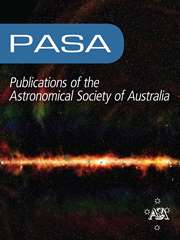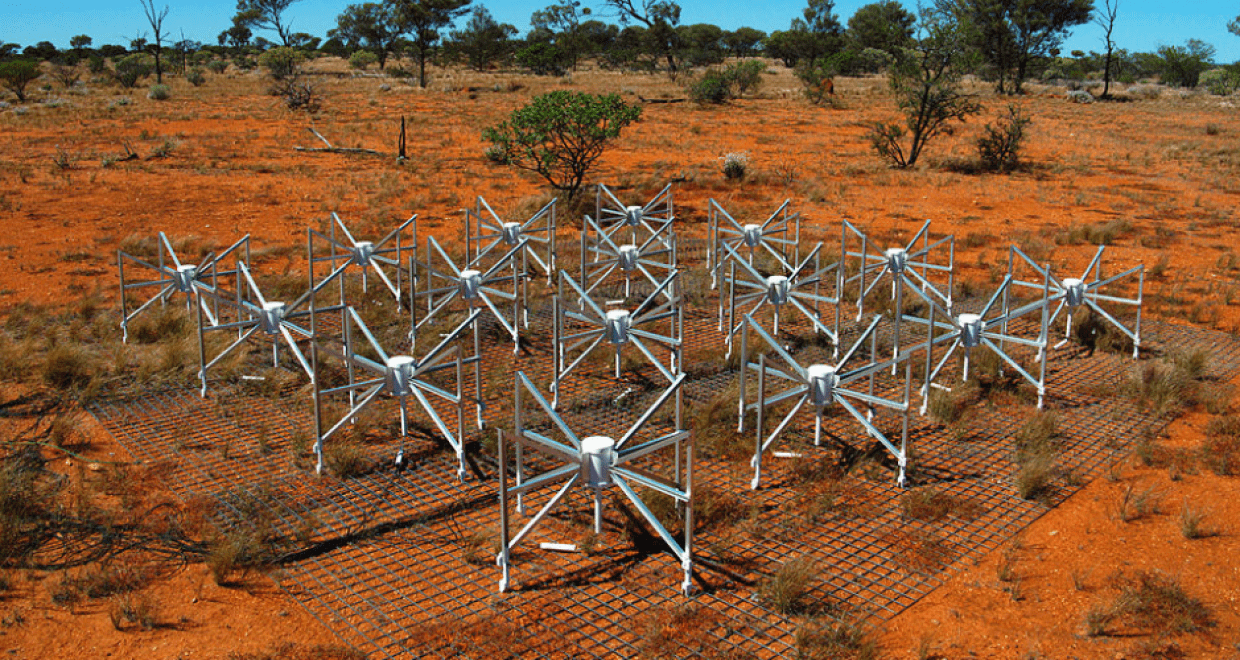Searching 10 Million stars to see if anyone is home
Are we alone in the Universe? This fundamental question has propelled the curiosity of writers and scientists alike for hundreds of years. Although we continue to explore our solar system with spaceships and robots, other beings are unlikely to be close enough to see signals on the Earth directly. As light travels faster than any spacecraft we can build, our best chance of communication is likely through the detection of light.
Light travels to Earth in a wide variety of lengths (or wavelengths) to cover the electromagnetic spectrum from high-energy gamma rays to low-energy radio waves. By using the Murchison Widefield Array (MWA)—a radio telescope in outback Western Australia—we can look for incoming radio light that may be associated with extraterrestrial intelligence (ETI) in the forms of electrical communication or molecules that are associated with lifeforms. The MWA detects light at the same wavelengths as digital TVs, car stereos, and mobile phones. So, if a civilization has technology similar to our own, we may be able to detect it.
The MWA offers a very distinct advantage over other ETI searches looking for radio light by providing a wide field-of-view. When the MWA looks up at the sky, it sees an area that would take approximately 2000 moons to fill, allowing us the opportunity to look at millions of stars at once. We can search blindly in all directions to look for signals, or we can target areas of known planets outside of our solar system, known as exoplanets.
In our recent work, this is exactly what we’ve done. By pairing up with a survey of the stars in our Galaxy using the Gaia Satellite—which provides accurate positions and distances of 100’s of millions of stars—we have searched more than 10 million stars to see if we could detect any signals of light that might emanate from an advanced civilization. This is the largest survey of its kind to date.
This work demonstrates not only the ability to search millions of stellar systems at once but also the opportunity that exists for the same data to be used for many different purposes by researchers throughout the astronomical community. Beyond our recent ETI search, we’ve also used these observations to study star formation, with these results to be published in a forthcoming paper.

Article: A SETI survey of the Vela region using the Murchison Widefield Array: Orders of magnitude expansion in search space
Authors: C.D Tremblay and S J Tingay







I think every astronomer has the question of extra terrestrial life as one of their key curiosities. However, as we all are aware, should we find some sort of significant signal it’s going to very out of date and any reply we decide to send (would that be wise?) would take an equal time to reach the source of the signal. To know that life exists independently in the universe would indeed be satisfying but I’m not sure if it will ever be meaningful in an interactive way.